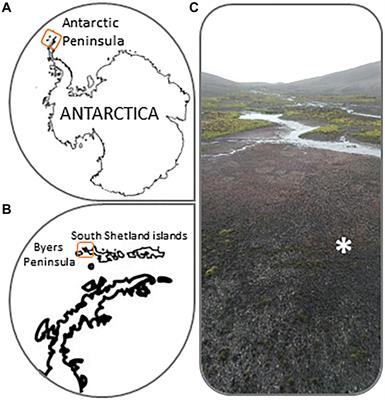ORIGINAL RESEARCH
Published on 29 May 2019
Total and Potentially Active Bacterial Communities Entrapped in a Late Glacial Through Holocene Ice Core From Scarisoara Ice Cave, Romania

doi 10.3389/fmicb.2019.01193
- 5,636 views
- 29 citations
18k
Total downloads
84k
Total views and downloads
You will be redirected to our submission process.
ORIGINAL RESEARCH
Published on 29 May 2019

ORIGINAL RESEARCH
Published on 15 May 2019

ORIGINAL RESEARCH
Published on 14 May 2019

ORIGINAL RESEARCH
Published on 30 Apr 2019

ORIGINAL RESEARCH
Published on 04 Apr 2019

ORIGINAL RESEARCH
Published on 03 Apr 2019

ORIGINAL RESEARCH
Published on 28 Mar 2019

ORIGINAL RESEARCH
Published on 26 Mar 2019

REVIEW
Published on 15 Feb 2019

ORIGINAL RESEARCH
Published on 15 Jan 2019

ORIGINAL RESEARCH
Published on 08 Jan 2019

ORIGINAL RESEARCH
Published on 19 Dec 2018

